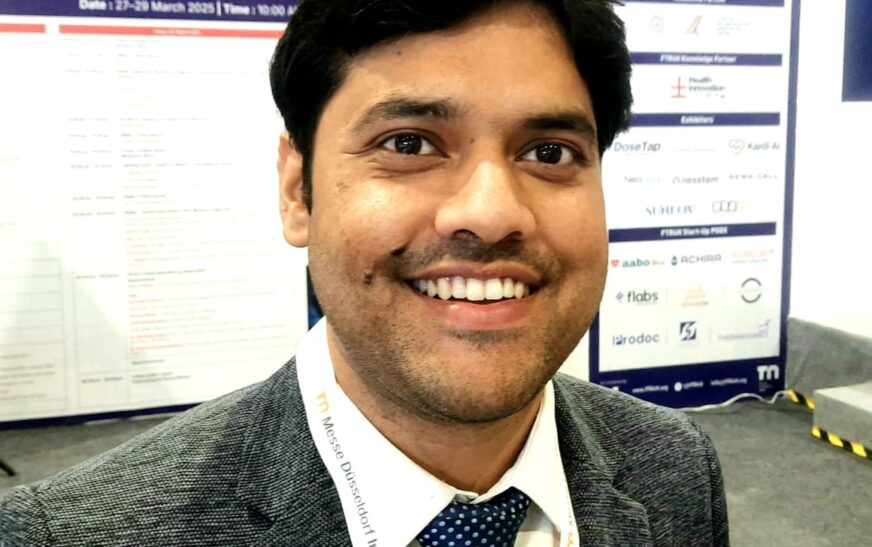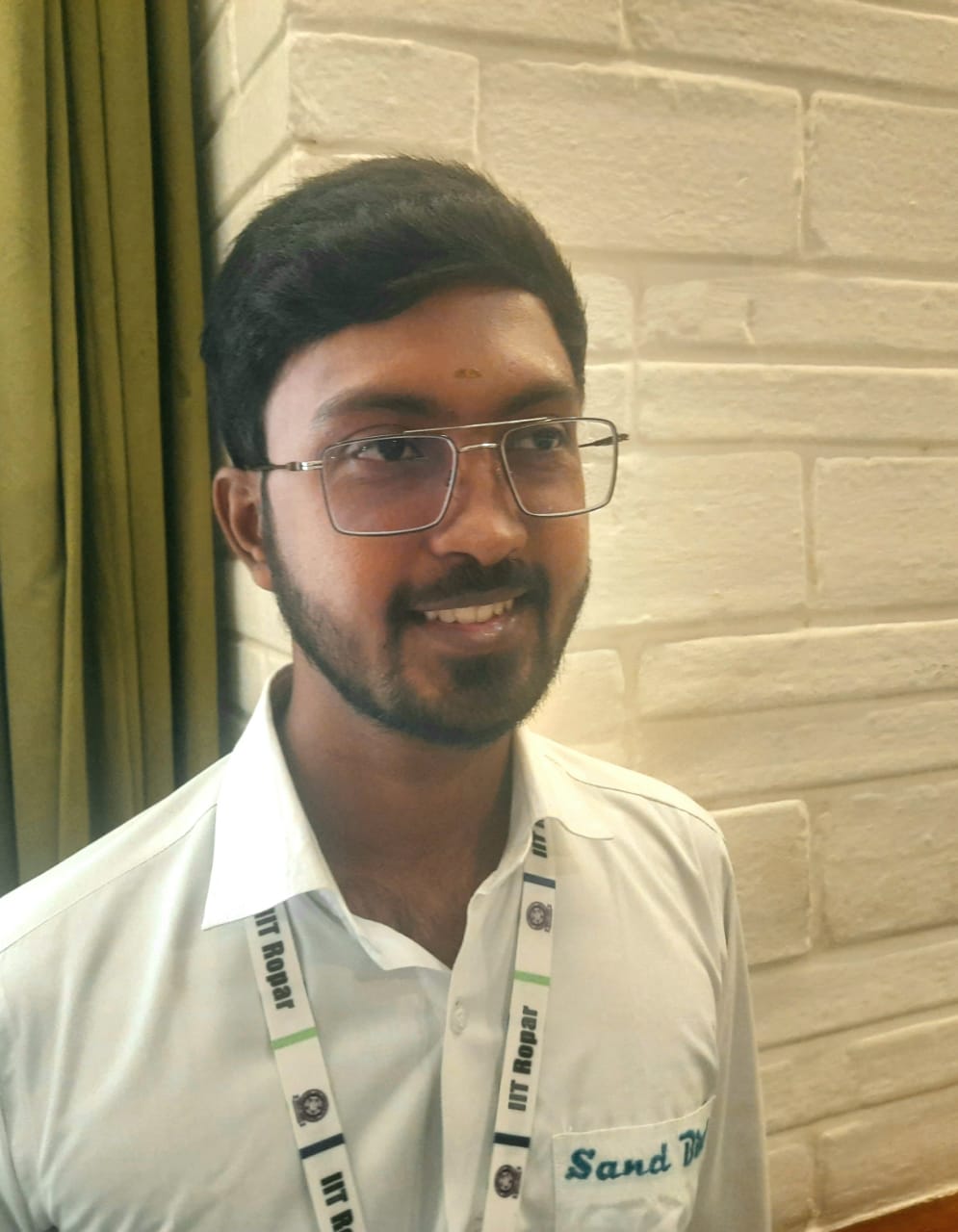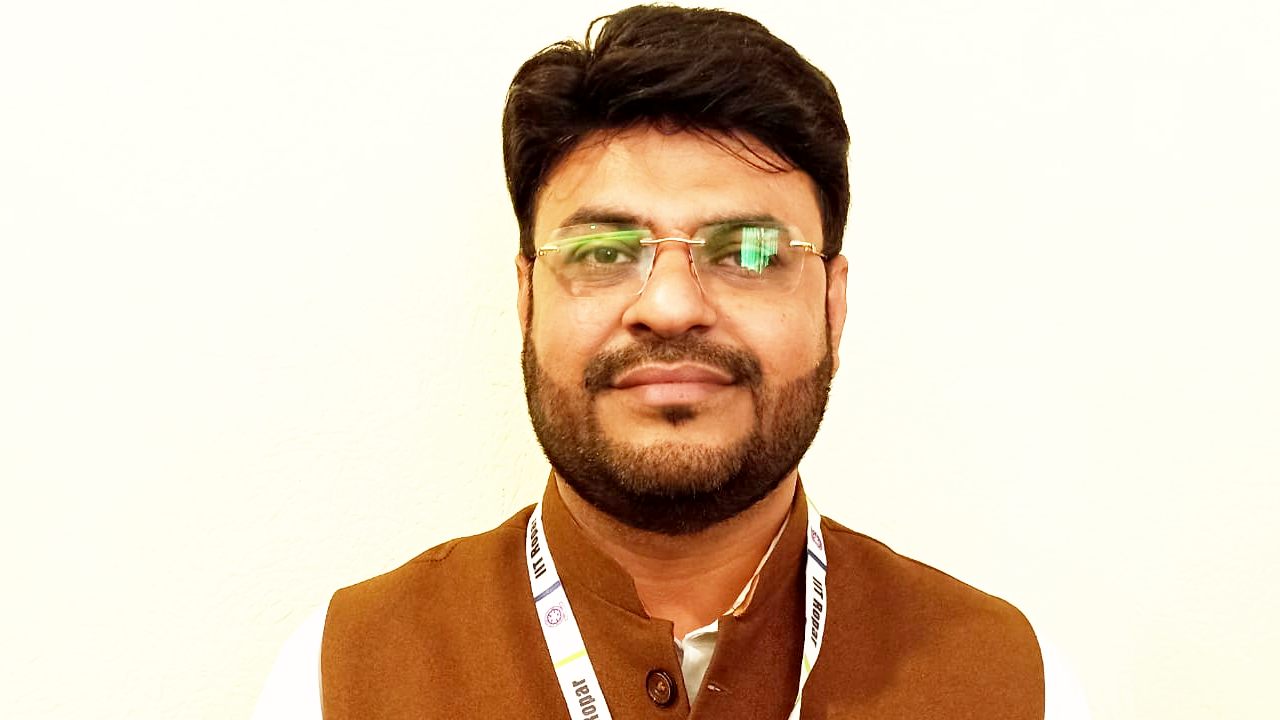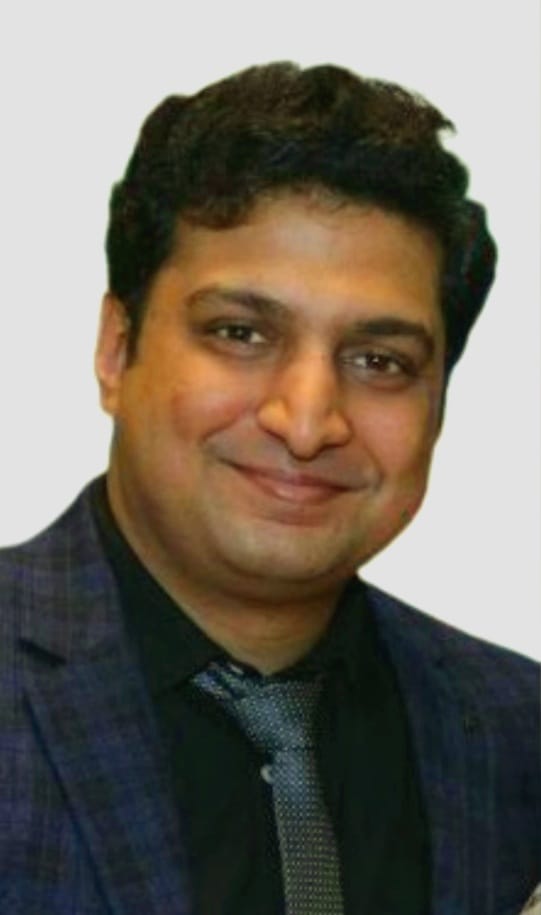Auro 3D Innovations Private Limited, an Indian MedTech startup, pioneers advanced medical imaging solutions. By harnessing cutting-edge 3D technologies, the company streamlines surgical procedures and optimizes clinical workflows. Its core offerings—3D printing, surgical planning, and 3D image reconstruction—equip healthcare professionals with precise tools to enhance patient outcomes. Through Auro 3D’s platform, clients can seamlessly upload DICOM files to access tailored services, including in-depth analysis and clinical workflow optimization. Committed to transforming modern medicine, Auro 3D Innovations integrates state-of-the-art 3D solutions into routine surgical practices.
At Medical Fair India 2025, The Interview World team sat down with Saumyam Dwivedi, Founder and CEO of Auro 3D Innovations Pvt. Ltd., for an exclusive conversation. He delves into the groundbreaking 3D medical and surgical products his startup is developing, detailing how patient-specific inputs drive precision in design. He also explains the raw materials used in manufacturing these surgical products, highlighting their durability and affordability in the Indian healthcare landscape. Here are the key takeaways from his compelling insights.
Q: Could you share insights into the 3D medical and surgical products you’re designing, and how effectively they integrate with the human body for optimal functionality and patient outcomes?
A: Auro 3D revolutionizes surgical planning by simplifying complex procedures through digital design and additive manufacturing—specifically, 3D printing. We make critical surgeries more precise and efficient.
With a background in medical engineering and tissue engineering, I have spent the past eight years advancing this field. After graduating from University College London, I worked as a lead engineer with the Dubai Health Authority, where I leveraged 3D technology to solve challenging medical problems.
Now in India, I have launched my own venture and partnered with AIIMS’ Plastic Surgery Department. A few months ago, a surgeon reached out regarding a patient with a severe head injury from a road accident. They needed insights on how to proceed. We immediately activated our digital toolbox, which includes advanced software and haptic technology. After receiving the patient’s CT scan from the radiology department, we generated a patient-specific model within 48 hours. This model helped the surgeons visualize the extent of the damage, particularly the significant frontal bone loss and scattered bone fragments, which were difficult to assess otherwise.
Within three days, we designed a custom implant precisely matching the defect. In another 10 to 15 days, we 3D-printed the implant—a patient-specific cranial plate. In just a short span, we developed a complete digital surgical plan, shared it with the surgical team, and seamlessly translated it into the operating room. Our technology-driven approach enabled a faster, more accurate, and patient-specific solution, ultimately transforming the surgical outcome.
Q: How do you gather patient-specific inputs to ensure that your 3D medical products are precisely designed and customized to meet individual needs?
A: This entire process thrives on collaboration. It’s a true team effort, requiring close partnership with surgeons and, of course, patient consent. For instance, when working with transgender patients, we can develop highly customized, patient-specific solutions. We map out precise jaw modifications and simulate post-surgical outcomes in advance. This allows for detailed discussions with the patient, alleviating their fears by offering a digital preview of the procedure before it happens. Seeing the surgery unfold virtually transforms the experience, making it far less daunting. It’s a game-changer for tackling complex surgical challenges.
Q: Could you elaborate on the types of raw materials used in designing these products and their impact on durability, biocompatibility, and overall performance?
A: Technology evolves in tandem, with each advancement driving the development of others. We collaborate with multiple companies that provide FDA-approved materials, integrating them into our solutions. Using specialized resins, we create highly precise models, while our implants are crafted from titanium. To achieve this, we currently partner with firms that operate advanced 3D printers. However, we are rapidly progressing toward in-house manufacturing.
As a six-month-old startup, we have already completed 10 to 20 live cases. Looking ahead, we plan to develop our own 3D printing capabilities, enabling us to produce custom-made implants using titanium, cobalt, and chromium. Additionally, we leverage medical-grade resins to create surgical guides. Our vision extends even further—to bioprinting. In the future, we will work with high-performance polymers that dissolve within the body, revolutionizing patient care.
Q: How durable are these products, and are they designed to last a lifetime for the patient?
A: The durability of implants depends largely on both the surgeon’s expertise and the patient’s demographics. Age plays a crucial role—materials differ for a 30-year-old compared to a 60-year-old due to varying physiological needs and cost considerations. Our goal is to provide cost-effective solutions, which requires detailed discussions with both the patient and the surgeon. Additionally, we are exploring funding opportunities through various agencies, as this field remains relatively new and still evolving.
When it comes to durability, titanium remains a proven material. However, we are also working with polyether ether ketone (PEEK), a polymer with a tensile modulus similar to natural bone. While stainless steel was widely used in the past, the industry has moved beyond it. Today, implant development focuses on advanced materials such as titanium alloys, cobalt-chromium, and PEEK. Looking ahead, we are incorporating high-performance, medical-grade polymers like polycaprolactone (PCL) to create bioresorbable systems that redefine long-term patient care.
Q: Have your products been commercialized yet? If so, how has the market responded to them?
A: The market response has been promising, as these technologies sit at the forefront of surgical innovation. However, widespread commercialization depends on greater adoption. For that, we must train surgeons, senior residents, and junior doctors to integrate these advancements into their practice. Since these techniques are not yet covered in textbooks, we are witnessing a fundamental shift in surgical education and execution.
While mass commercialization is not far off, adoption remains gradual yet steady. Those who have embraced 3D technology recognize its transformative potential and are unlikely to revert to traditional methods. The challenge now is expanding this adoption and bringing more professionals into the fold.
Q: Are these products financially accessible for patients, and how do you ensure affordability without compromising quality?
A: My vision is to develop solutions on par with industry giants like Johnson & Johnson and KLS Martin in Europe—but at nearly 30% lower costs. The key advantage? Local production. By manufacturing domestically, we eliminate import expenses and logistical overhead, making high-quality solutions more accessible.
We have also procured advanced haptic technology from the U.S., which allows us to serve multiple specialties, including plastic surgery, orthopedics, and cranial-maxillofacial procedures. Localizing production not only drives cost efficiency but also accelerates accessibility. This is where we are truly disrupting the market.









